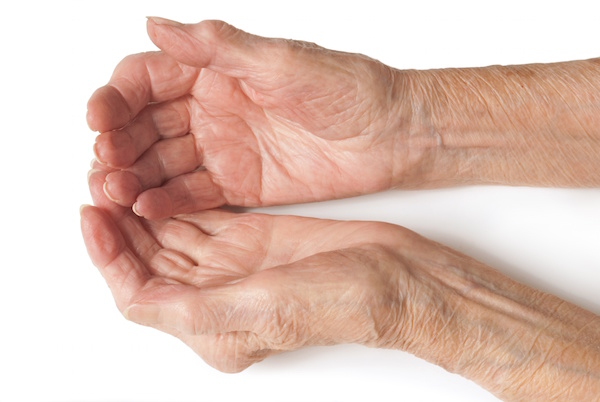MONDAY, July 13, 2015 (HealthDay News) — Many U.S. hospitals may miss an opportunity to detect physical abuse in babies and toddlers, a new study reveals.
The study, of more than 300 hospitals nationwide, found a huge variation in adherence to a long-standing guideline on screening for physical abuse.
That guide, from the American Academy of Pediatrics, says that when a child younger than 2 has injuries that suggest possible physical abuse, doctors should order X-rays to look for “occult” bone fractures. Those are bone breaks that aren’t readily apparent during an exam, and may be old injuries healing on their own.
An occult bone fracture does not always need treatment, but it can help confirm suspicions of abuse, said Dr. Joanne Wood, lead researcher on the new study.
Despite that, her team found that only about half of babies with suspicious injuries were screened for hidden fractures — even among those already diagnosed with abuse.
And hospitals ranged widely in their practices. Some, for example, screened every infant with a thigh-bone fracture — an injury frequently caused by abuse; others screened none of those babies.
“Based on past research, we knew there would be variation among hospitals,” said Wood, who is based at the University of Pennsylvania and Children’s Hospital of Philadelphia.
“But we were surprised at the magnitude of the variation,” she added.
The reasons are not clear, Wood said. At some hospitals, she speculated, staff may be unaware of the guidelines. At others, there may be no one available to do an X-ray, especially for children brought in at night.
In some cases, Wood added, a child’s injury may simply not have raised that particular doctor’s suspicions.
Whatever the reasons, there is clearly a need to do better, Wood said.
“Our study is not the first to show this,” she said. “I think we’re highlighting a need to standardize care for this vulnerable group of children.”
The findings — published online July 13 in Pediatrics — are based on records from almost 5,000 children younger than 2 who were treated at 366 U.S. hospitals. All already had been diagnosed with physical abuse or they had an injury highly suggestive of abuse: namely, a thigh-bone fracture or a traumatic head injury, such as bleeding around the brain.
Of the children already diagnosed with abuse, only 48 percent underwent X-rays to check for hidden fractures. Similarly, just over half of the children with suspicious injuries were screened.
“This study is important because it shows that we are not following the only guidelines that we have to help us do a complete and unbiased evaluation of children who present with possible physical abuse,” said Dr. Kristine Campbell, an associate professor of pediatrics at the University of Utah.
At the same time, simply having guidelines is not enough, said Campbell, who wrote an editorial published with the study.
What’s missing, she said, is evidence that following the guidelines ultimately improves children’s lives.
“Finding unexpected rib fractures in a child with abuse certainly helps to support the medical diagnosis,” Campbell said. “Unfortunately, we can’t tell you that finding the rib fracture matters in the safety and protection of the child against future abuse.”
As for why hospitals vary so widely in screening, Campbell said she suspects there are multiple reasons.
But other research, she added, has suggested that some doctors avoid making a diagnosis of abuse at all, because they doubt that referrals to child protective services will actually make children’s lives better.
Despite the uncertainty, though, Campbell said that doctors should follow the guidelines on occult bone fractures.
According to Wood, hospitals could help by making sure staff are educated on how to recognize and handle possible cases of abuse.
“Each year, over 1,500 children die from abuse in the U.S., and many more are injured,” Wood said. “There is a critical need for us to improve care for these children.”
More information
The Child Welfare Information Gateway has more on child abuse and neglect.
Copyright © 2025 HealthDay. All rights reserved.

